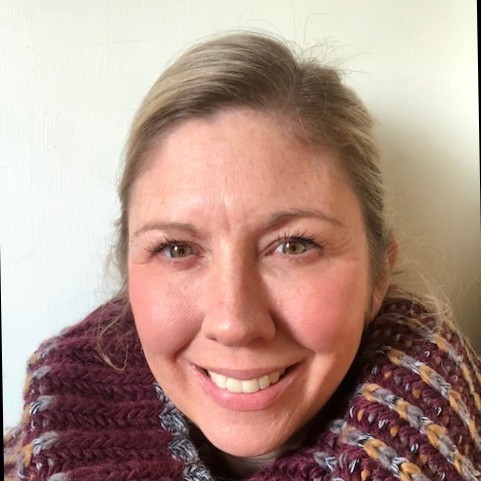Kaleidoscope® Innovation of Cincinnati, Ohio is a product design and development company that serves internationally-recognized brands and innovative customers. When design engineer Olivia Enneking needed high-fidelity prototypes of small, precise medical parts, she asked a co-worker about Boston Micro Fabrication (BMF), which manufactures micro-precision 3D printers. Enneking’s colleague had worked with BMF before and liked how the inventors of projection micro stereolithography (PµSL) were able to rapidly produce microscale parts from biocompatible materials.
The prototypes that Enneking needed didn’t require biocompatibility, but she wanted quick-turn microscale parts made from resins with properties comparable to polyetheretherketone (PEEK), polycarbonate (PC), and polypropylene (PP). These plastics are used commonly in injection molding, the process that will be used for end-part production. Micro injection molding can see tooling costs in the hundreds of thousands of dollars, however, so it’s not a good choice for prototypes where design changes may result in scrapped tooling. CNC machining can also produce microscale parts but, like injection molding, has longer lead times than 3D printing.
PµSL 3D Printers and BMF’s Open Material System
Like other forms of 3D printing, BMF’s PµSL technology doesn’t require molds or tools. However, PµSL is capable of achieving resolution of 2µm~10µm and tolerance of +/- 5µm~25µm and at faster speeds than other micro-fabrication methods. In addition, BMF has an open material system that allows customers to select BMF’s own specially-formulated polymers or to choose resins from other suppliers. Jason Bassi, BMF’s Director of Sales for North America, became Enneking’s point-of-contact and, as the design engineer explains, was “always willing to help out” with machine and material selection. Bassi states, “the same great benefits of using PµSL 3D printing are recognized as compared to traditional 3D printing, but we are often pushing the limits on what is possible at the micro scale and work closely with our customers to meet their requirements”.
To produce Kaleidoscope International’s prototypes, BMF used each of its 10µm series printers: the microArch P140, the microArch S140, and the microArch S240. Because BMF shares material data sheets on its website, Enneking was able to evaluate different resins and compare their properties to PEEK, PC, and PP. Olivia liked having a selection of materials and identified three resins for usability testing. HEK resin, a rigid and tough material, provides strength and elongation. HTL resin is a high-performance engineering material that combines heat resistance with high strength and rigidity. UTL resin provides high toughness and elongation for applications that require high flexibility.
When you look at ordering parts, there are three things to consider: quality, cost, and lead time. Other 3D printers can meet cost and lead time, and injection molding can meet quality and cost. With BMF’s micro-precision 3D printing, we get all three.
– Olivia Enneking, Kaleidoscope Innovation
Creating Prototypes for Usability Testing
BMF then 3D printed parts made of HEK, HTL, and UTL for surgeon testing, a type of usability testing in which surgeons use early versions of a product with cadaver or animal tissue. During this testing, designers may discover that a product was used in a different way than intended. Surgeons provide feedback as well. Subsequent designs then incorporate this information as the product is iterated. With projects like this, it’s cost-prohibitive to scrap the tooling that’s required for micro injection molding. 3D printing eliminates these tooling expenses, but designers still need to balance costs against other requirements.
Most 3D printers are not able to make microscale parts with high precision, resolution, and accuracy. With other existing technologies, such as 2-Photon, parts like this are possible, but the precision is greater than what’s needed and the print speed is too slow. With BMF’s technology, however, Kaleidoscope Innovation can get microscale 3D printed prototypes that are true to CAD in terms of resolution, accuracy, and precision. Importantly, BMF’s microscale 3D printing also balances other key variables that designers need to evaluate. “When you look at ordering parts, there are three things to consider: quality, cost, and lead time,” Enneking explains. “Other 3D printers can meet cost and lead time, and injection molding can meet quality and cost. With BMF’s micro-precision 3D printing, we get all three.”

